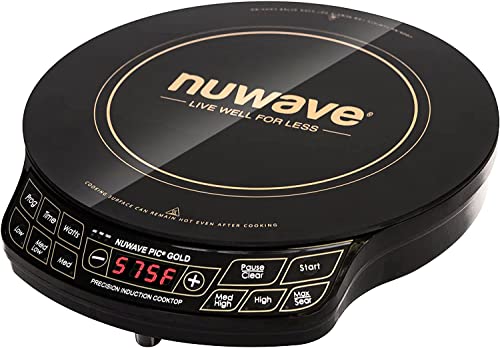I found this on a forum and it is an exceptionally clear explanation. Bottom line is I'm buying either a Chevy or Dodge!
http://www.rvforum.net/SMF_forum/index.php?topic=71295.
=================
To let you know what causes the problem, it is twofold: less than perfect design on fords part, and poor execution on the mechanic's part.
If you have the chance, have a mechanic use a bore scope to show you how many threads ford put in that model of head, they have about 25 or 30% less than a normal aluminum head. They fixed it after the first year of the 3 valve version engine by adding more meat to the casting and more threads.
This coupled with carbon build up around the spark plugs threads, which due to the small amount of threads in the head cause the plugs threads to extend past the heads threads, and into the combustion chamber by one or two threads.
and poor skill sets for some of the mehanics cause this to happen:
Here the scenario:
Mech pulls plugs and the threads gall somewhat due to the carbon build up, this tends to damage the threads somewhat.
then a failure to torque the plugs to the correct spec allows them to work there way loose and you then get hot combustion gases start to leak past the threads and eat out more of the threads. then the threads finally let go and you get the telltale bang of the plug hitting the fender well and the woosh woosh from the compressed vapors rushing out the plug hole.
To avoid this I reccomend the following. Vacume out the area around the plug to remove dirt and debris prior to anything else.
Remove the COPS (coil on plug), the fuel rails and anything else in the way.
Break the plugs loose 1/16th of a turn (AND NO MORE) and then spray a generous amount (2~3 table spoons) of carb cleaner or carbon remover around the plug and let them soak for a minimum of 4~6 hours. the carb cleaner will work its way down through the threads and soften the carbon up. you can then remove them without harming the threads. use a suction line to suck out the excess carb cleaner form the cyclinders to avoid hydro lock. (you will also need to change the oil due to contamination from the carb cleaners)
when torquing the spark plugs back in; do it to fords specs, no more, no less, do not use anti sieze, as it will change the tourqe reading of your tourqe wrench. (I think that ford asks for either 14 or 17 ft/lbs of torque, best to look it up)
avoid that "extra little bit of torque for good measure" as too much torque can and will cause you to slightly pull or even strip the threads, remember, there are less of them to start with than what is optimal for an aluminum head .
Drive the engine for about 100 miles and the recheck the tourqe to ensure that they have not loosened up.
this will take care of 99.9% of the problems that ford owners have with this issue.
FYI if you do strip one out, do not use the standard heli coil, use the ford authorized one, if not you will be replaceing the head next when it (the helicoil) lets loose. the ford replacement is a sleeve type, not a coil insert totally different animals.









































































